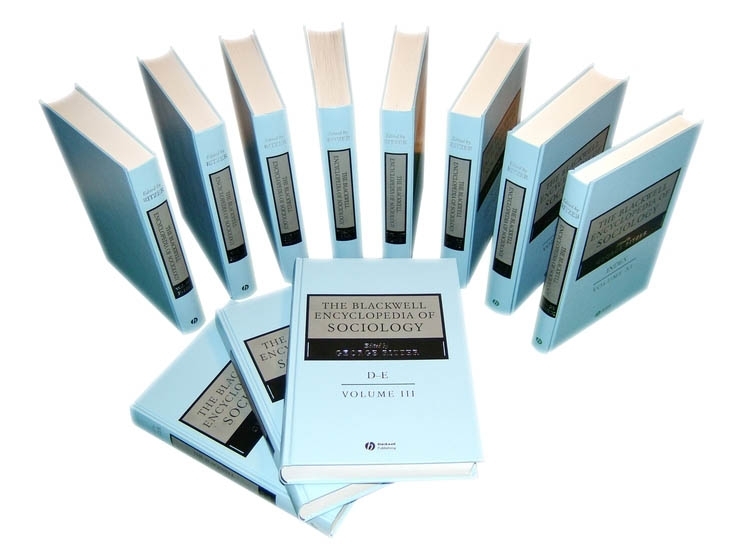Class Conflict
Abstract
Marx famously stated in The Communist Manifesto that “the history of all societies up to the present is the history of the class struggle.” In his interpretation, the term “class” is used to refer to the main strata in all stratified society as constituted by a social group whose members share the same relationship to the forces of production. This was evident, according to Marx, in western societies that had developed through the epochs of primitive communism, ancient society, feudal society, and industrial capitalism. Primitive communism, based on a communal mode of production and distribution, typified by a subsistence economy, represents the only example of a classless society. From then on, all societies were divided into essentially two major classes that have been in an antagonistic relationship: masters and slaves in ancient society, lords and serfs under feudalism, and bourgeoisie and proletariat under the capitalist order. During each historical epoch the labor power required for production was supplied by the majority subject class. While, for Marx, class conflict arises in the exploitative situation generated by the relationship to the forces of production, it is also evident through the development of such forces by an emerging class. The superiority of the capitalist forces of production, by way of illustration, led to a rapid transformation of the social structure, but only after the revolutionary triumph of the emergent class over the feudal order.



